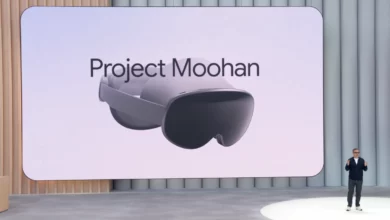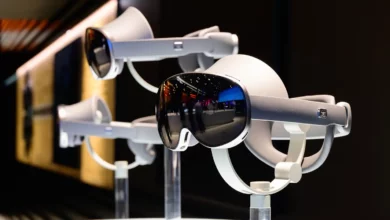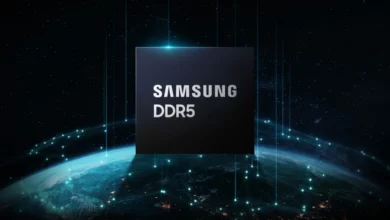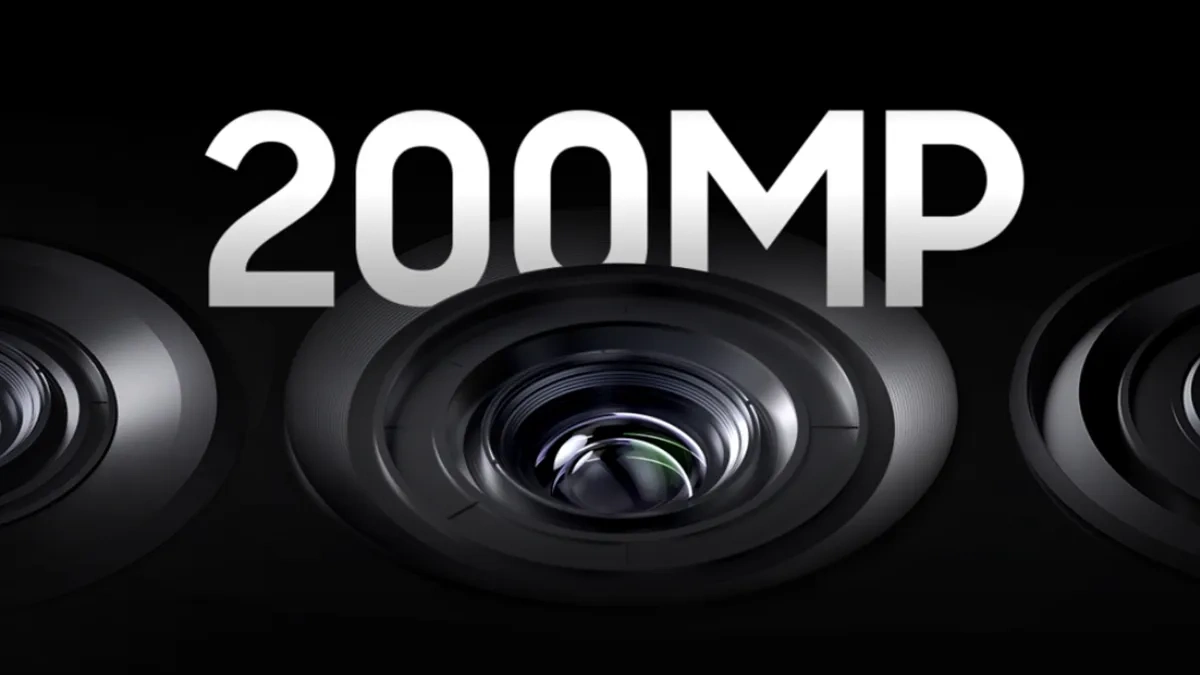Apple Watch Series 10 Lets You Minotor Your Blood Pressure like Samsung Galaxy Watch
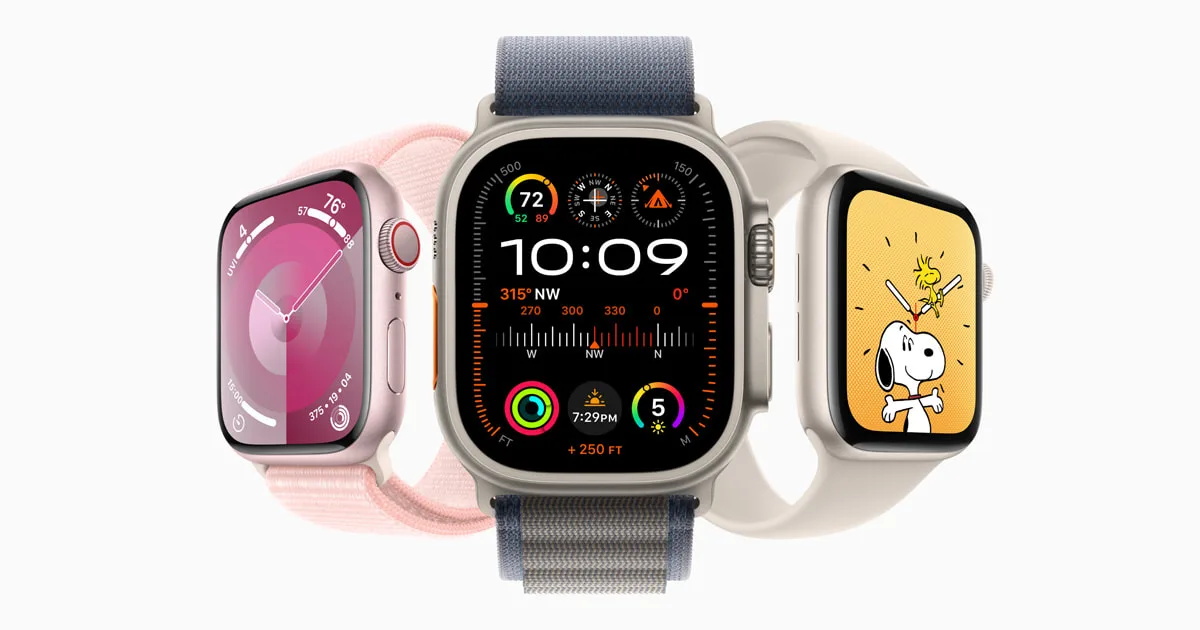
Apple is gearing up for its forthcoming Apple Watch Series 10. This time, the brand is all set to deliver a powerful package of all features, including those that were absent in the previous models, such as blood pressure monitoring.
Apple is leading the smart wearable watch market with its decent design, brand-new features, top-notch specs, upgraded software, seamless performance, connectivity options, and whatnot. Despite that, it lacks one feature named blood pressure monitoring.
The Samsung Galaxy Watch 4, Galaxy Watch 5, and Galaxy Watch 6 series already have this blood pressure monitoring feature. The Korean giants make this feature available on their Galaxy Watches in all regions where the Samsung Health Monitor application is available.
If the reports are to be believed, then Apple’s next-generation, the Watch Series 10, will feature blood pressure monitoring. This is being speculated by Mark Gurman from the Bloomberg Power On newsletter.
Here’s the question: after being a leading brand in the watch industry, how does Apple Watch lack this feature yet?
As per the analyst, the older Apple Watches lack a blood pressure monitoring feature. Since this feature needs a special kind of hardware, which they lack, that’s the main reason behind the scene.
Although Gurman already stated in the previous report that initially, the blood pressure monitoring feature in Apple Watch will not be able to show the exact readings, which means that it will only let you know whether the blood pressure is going up or down and give a broad hint about this aspect of health, similar to Galaxy Watch 4, Watch 5, and Watch 6. But later, he added that the next version of the system would be capable of offering exact readings.
